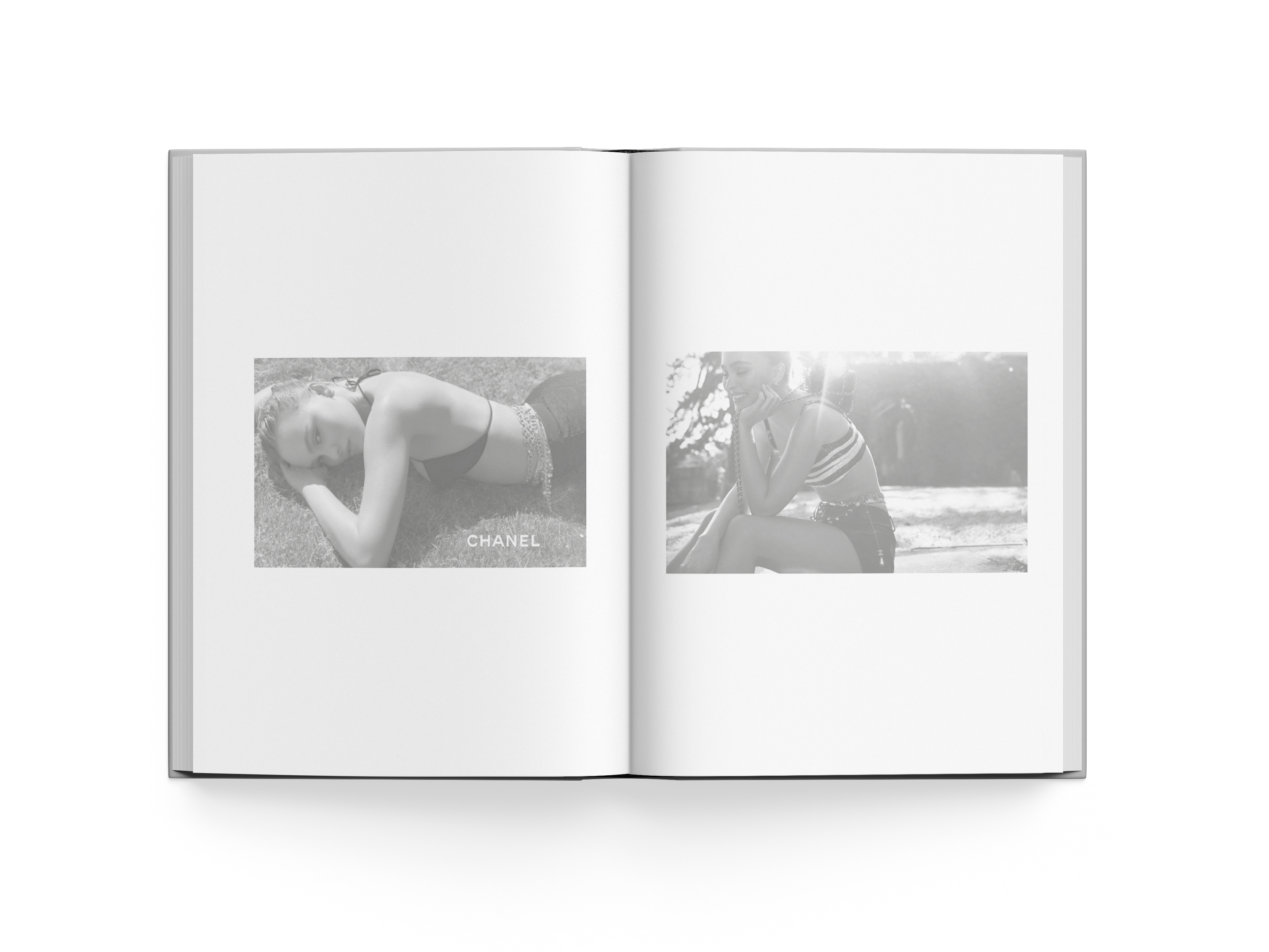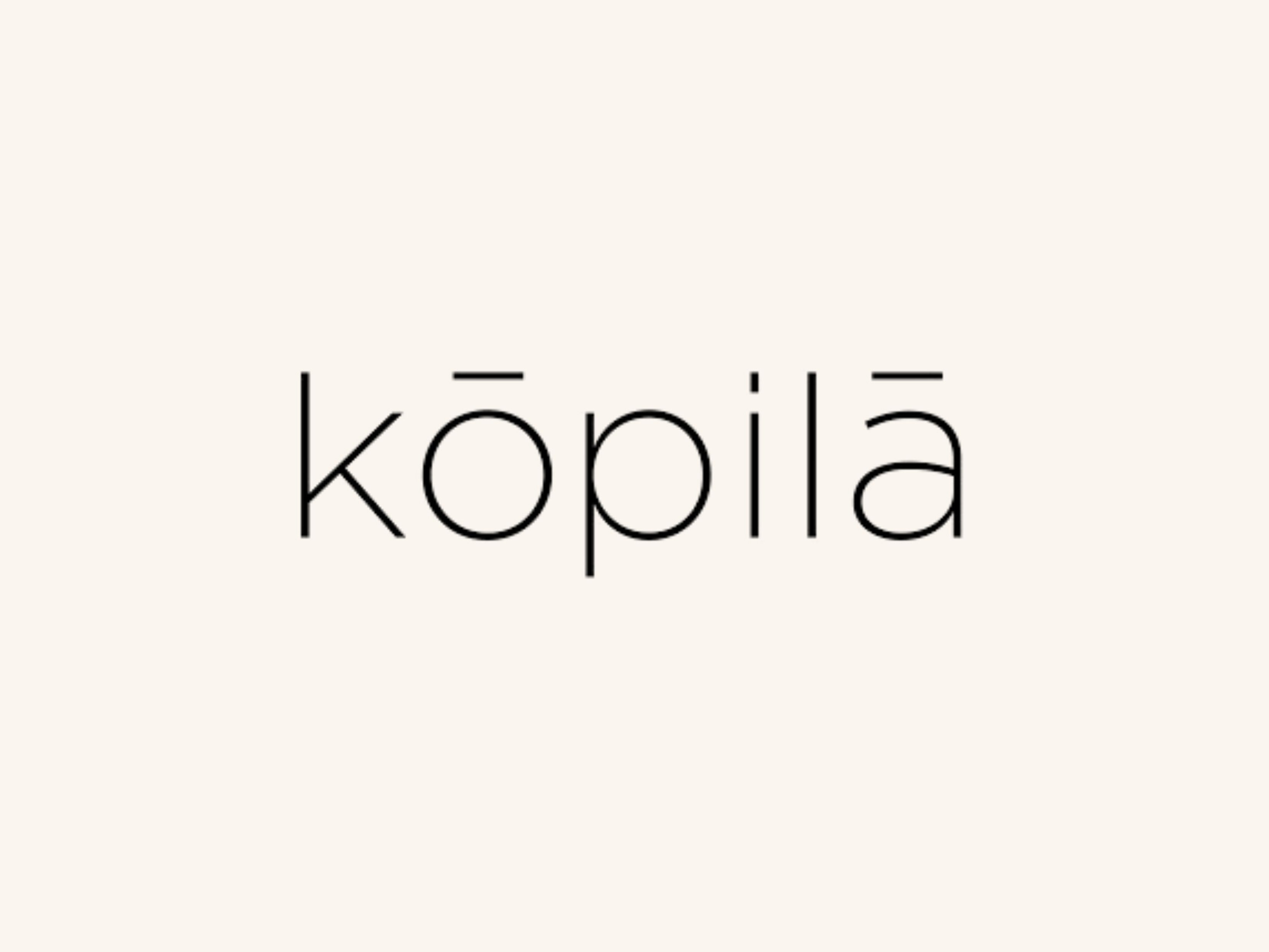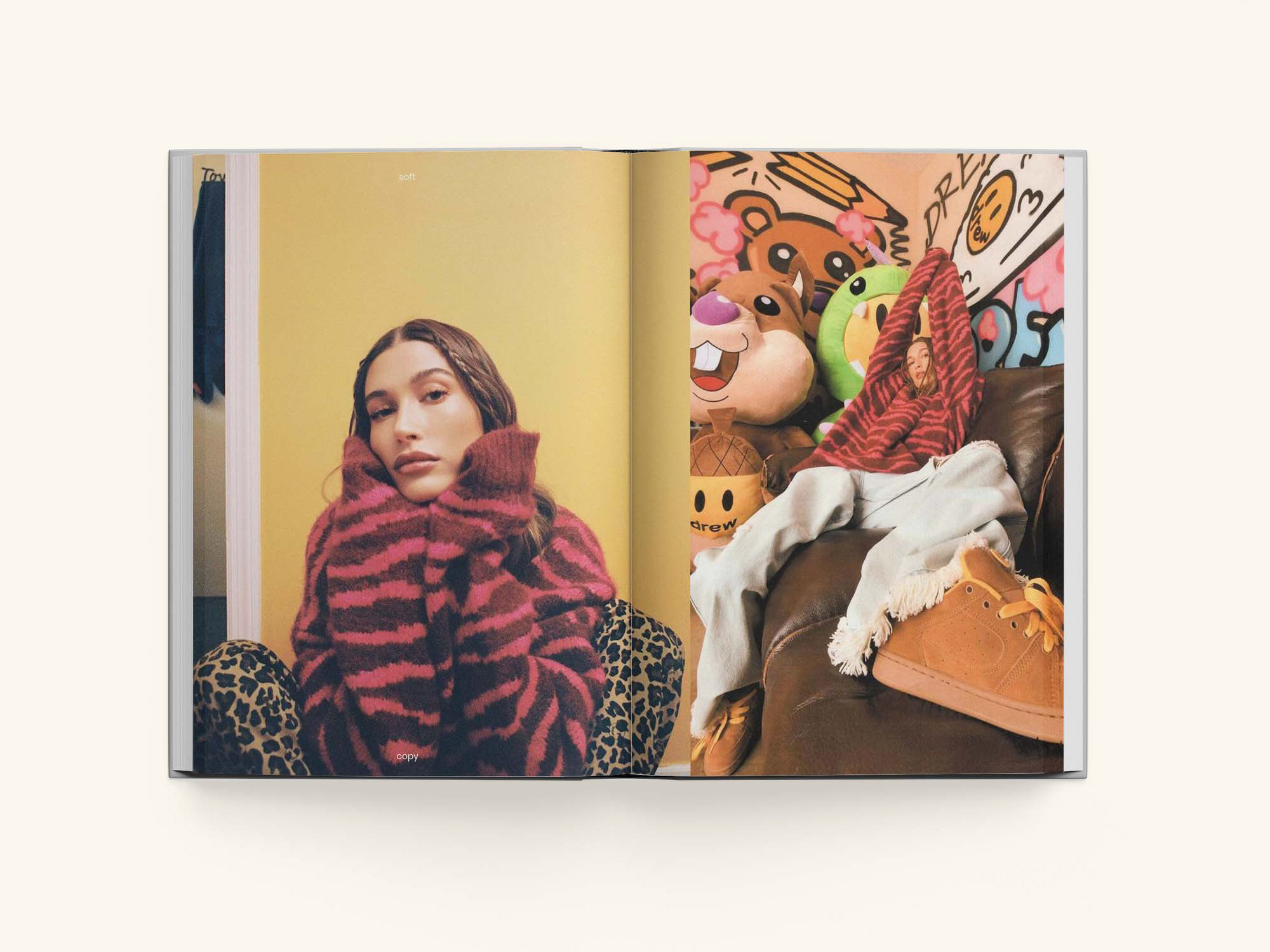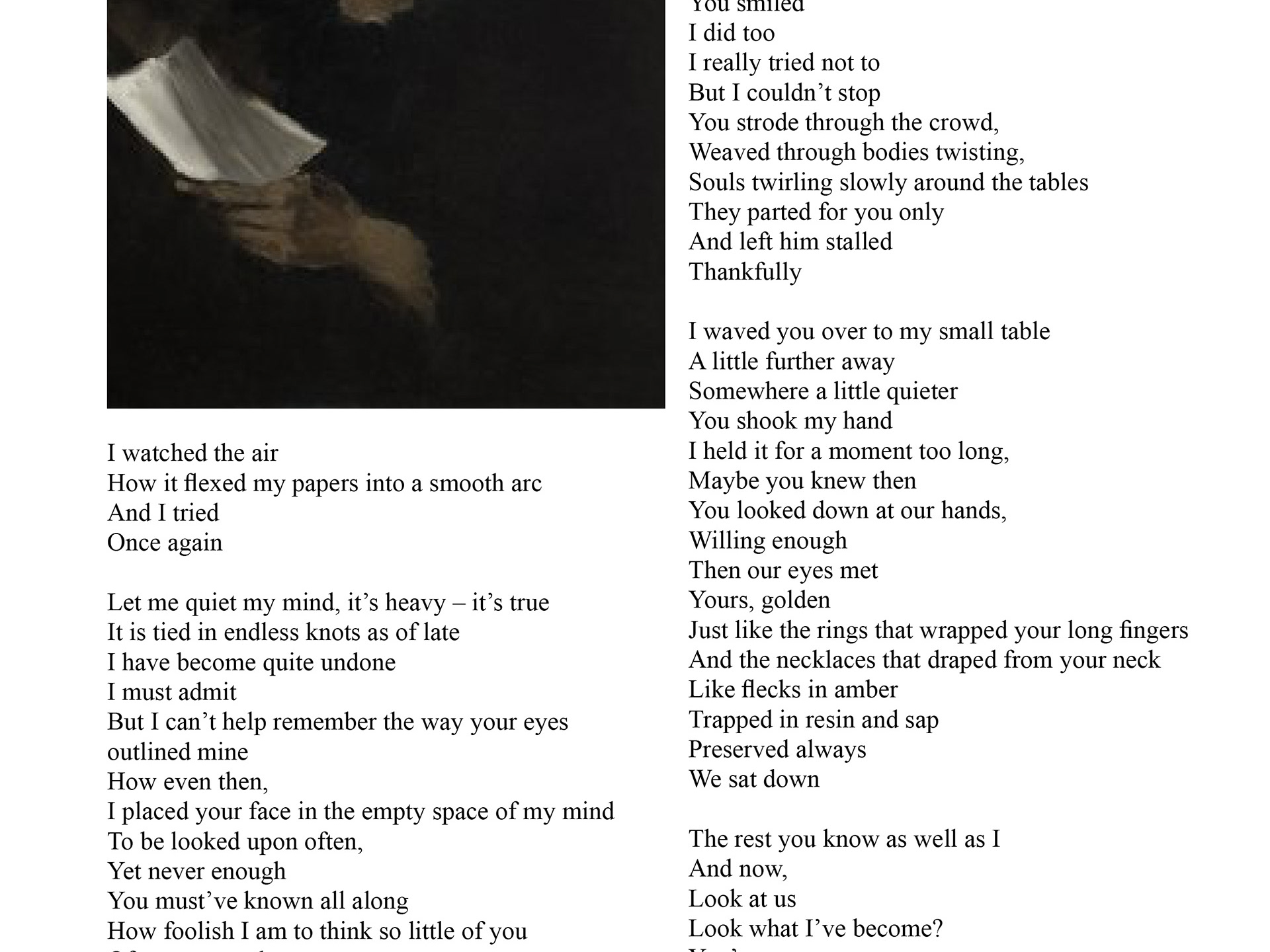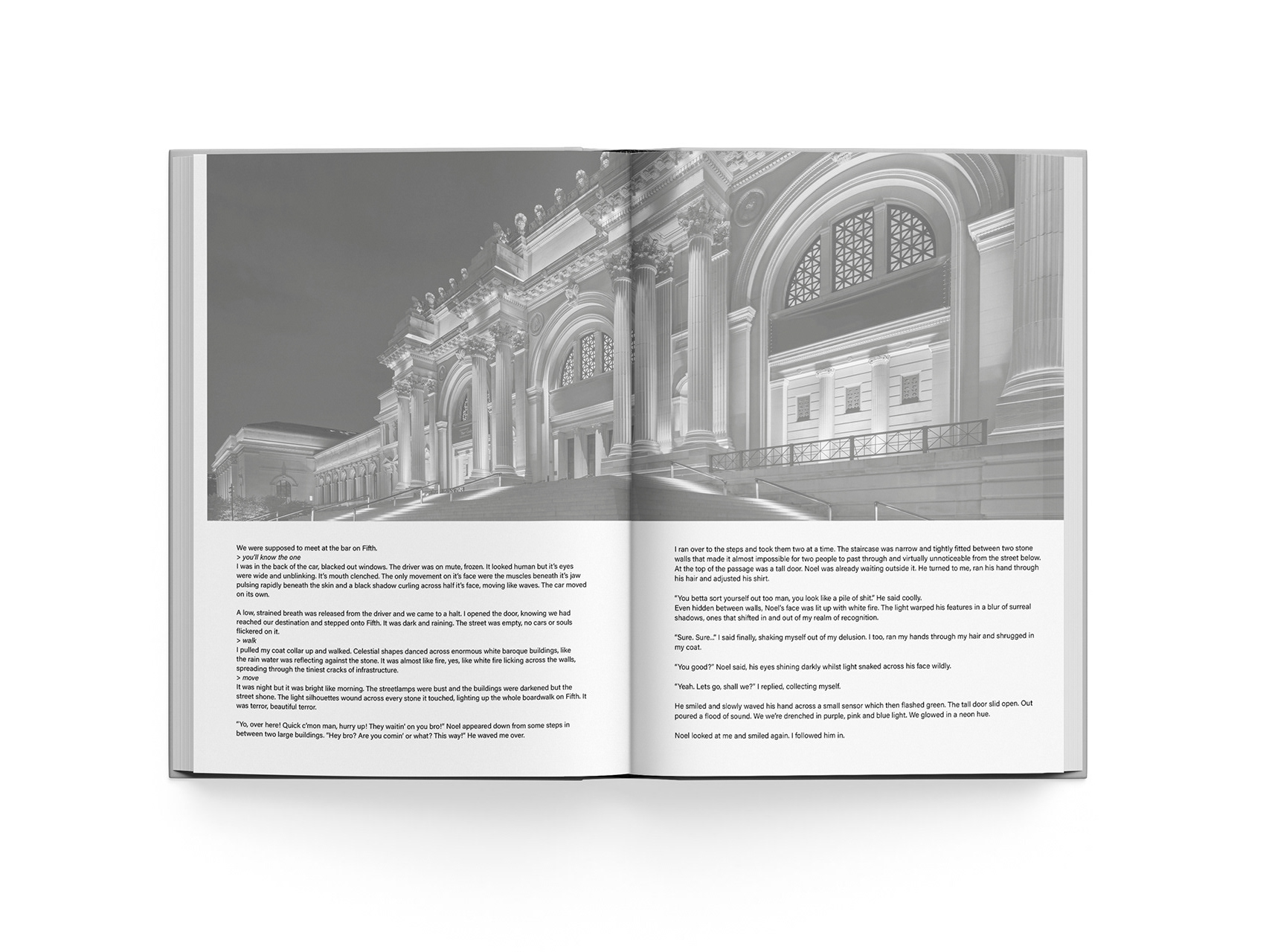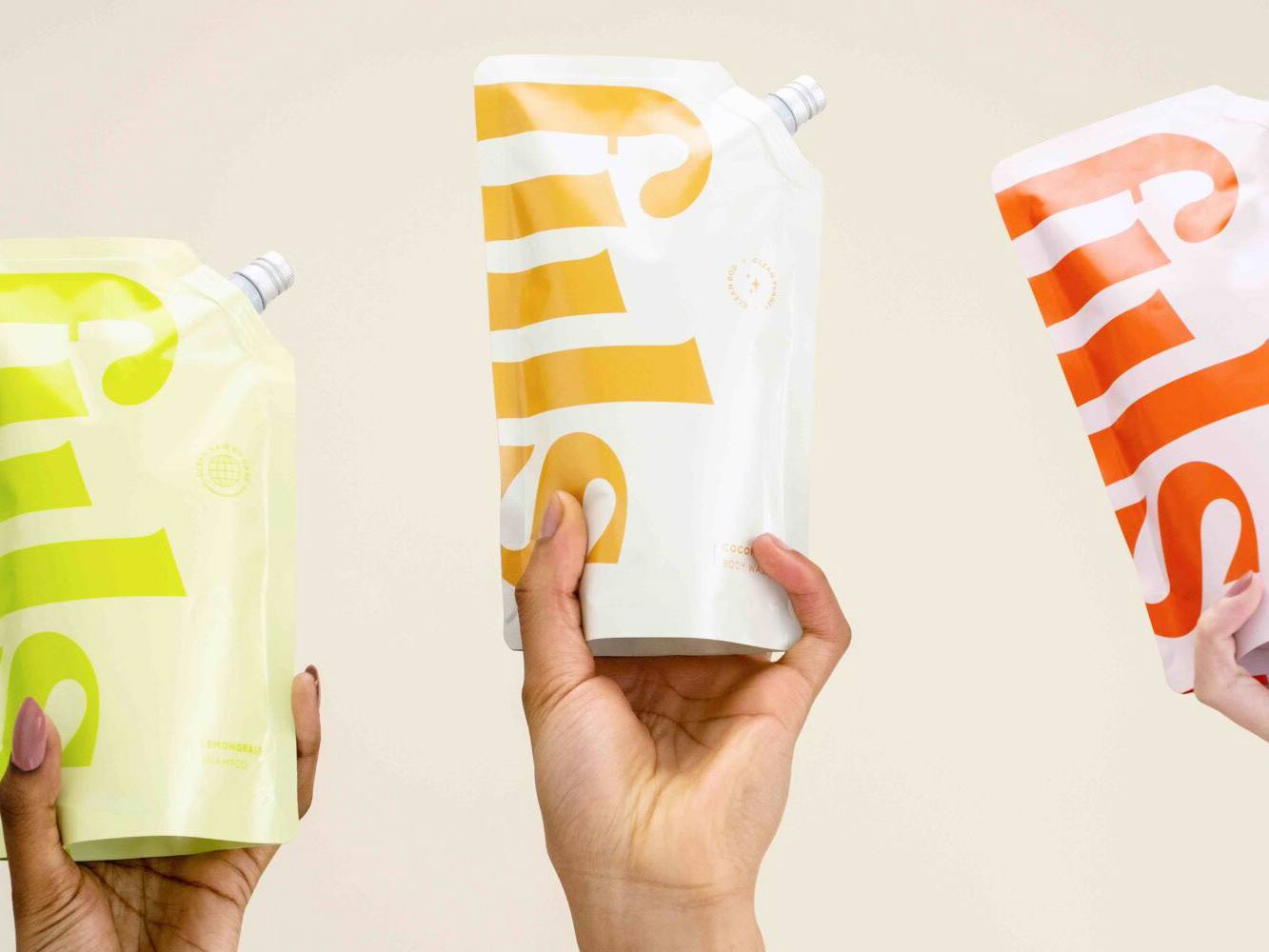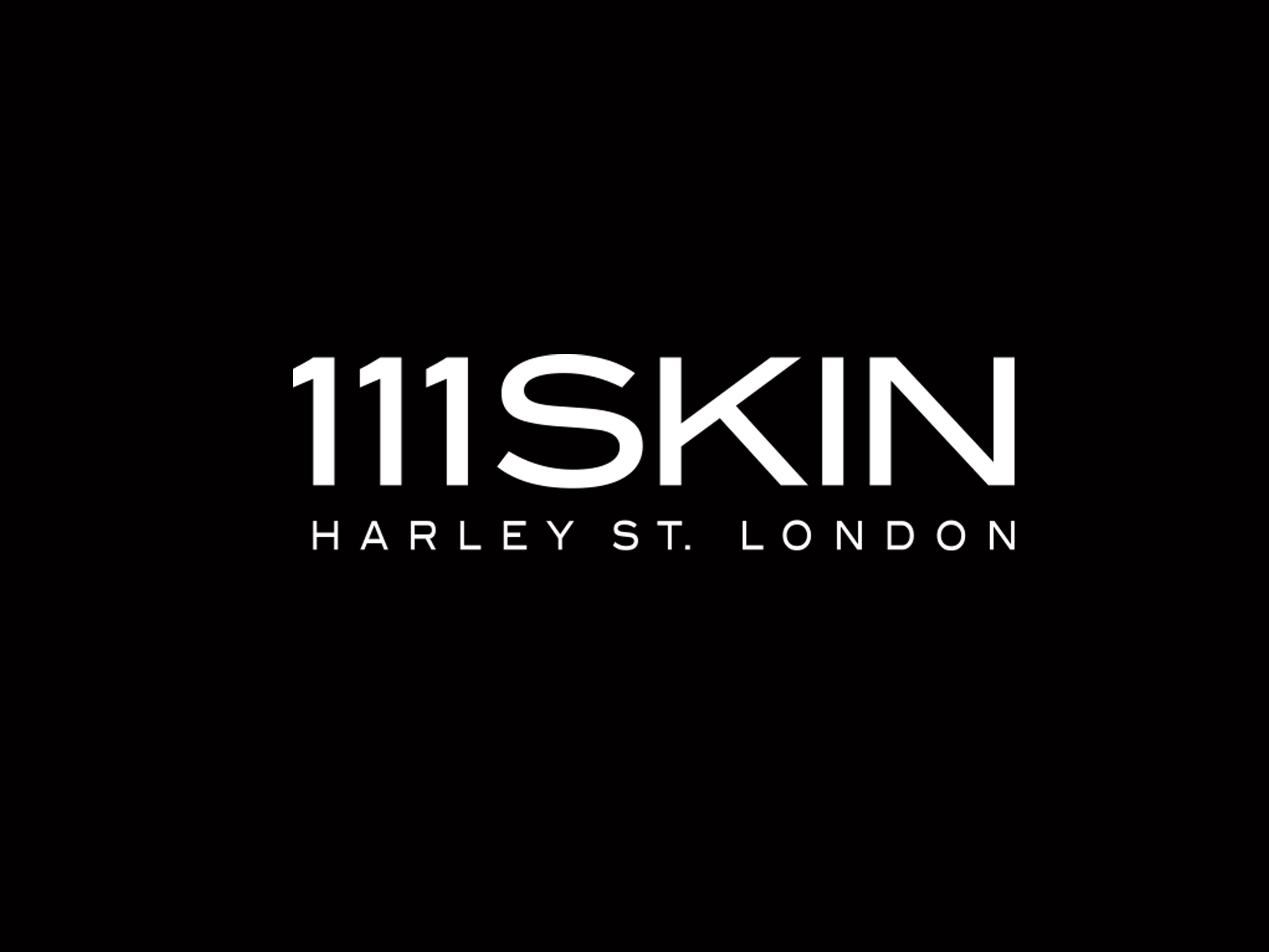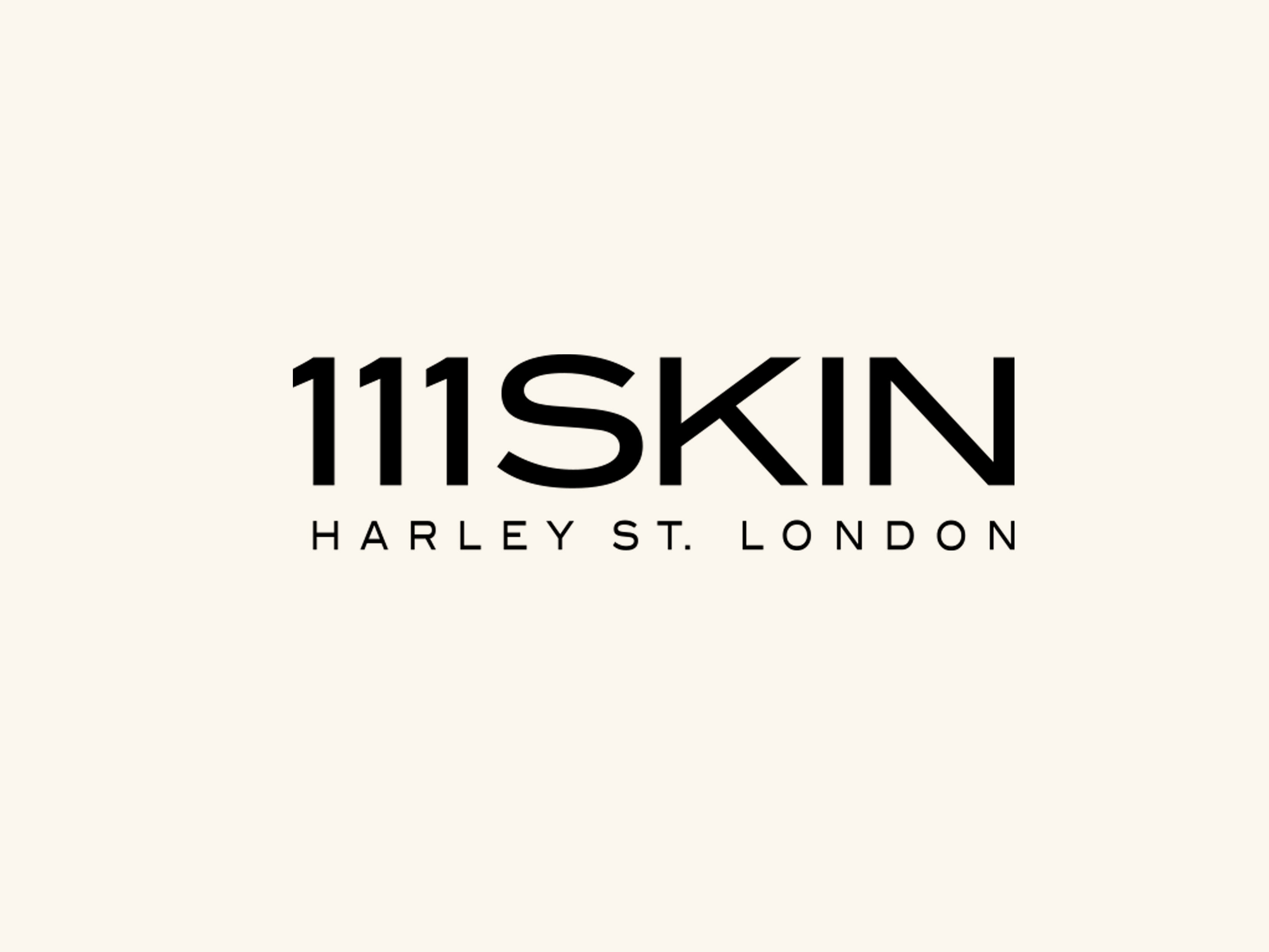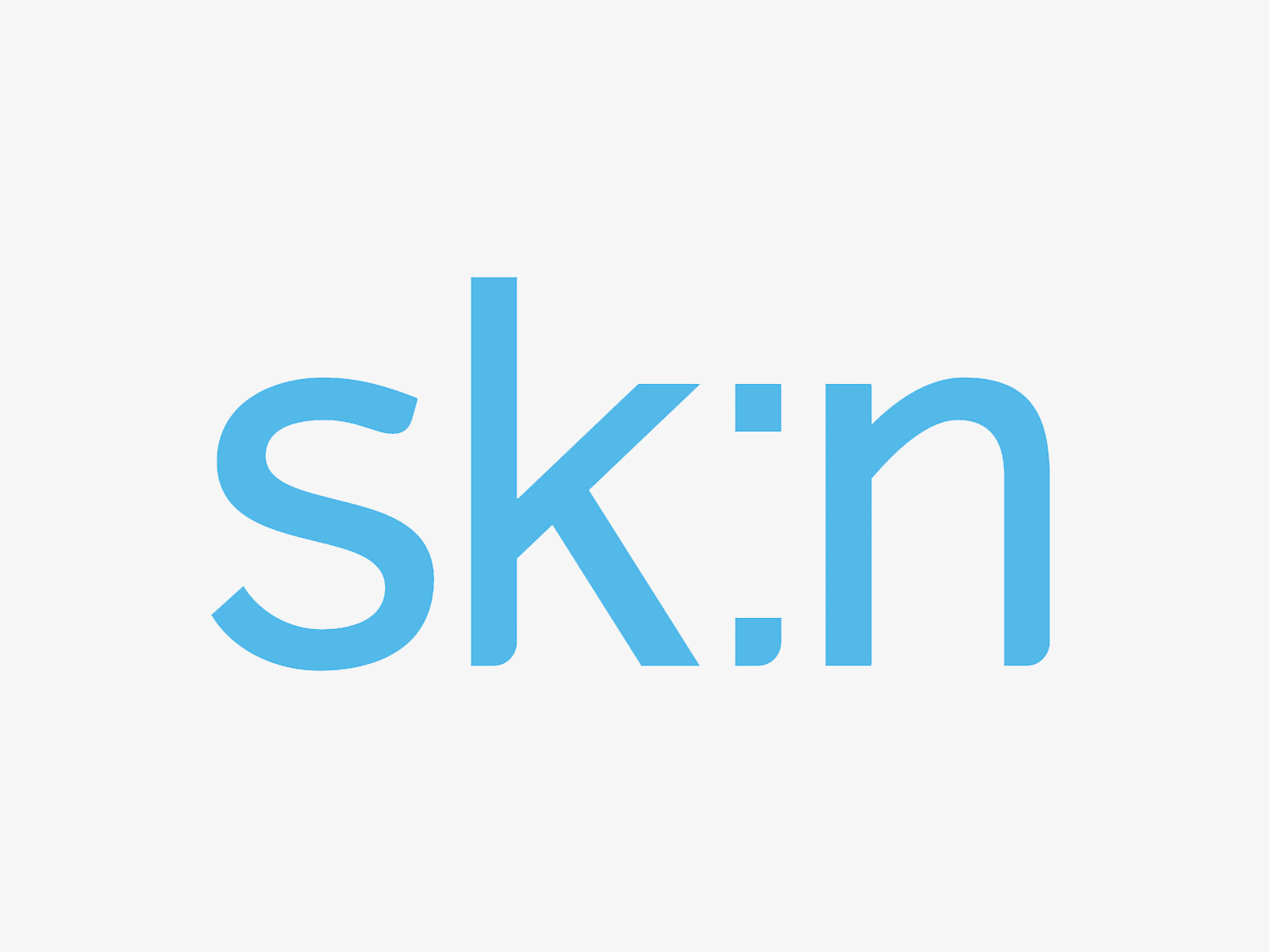Meet CORE by ISAMAYA.
ISAMAYA has launched a whole collection of products which is great because it means we don’t have to wait for the day our favourite brands release our favourite makeup staples – because they’re already there. There’s something to be said about Isamaya Ffrench and the team she has built around her, whose creativity comes from some sort of well of human renewable energy: one that seems to replenish itself with the release of each collection. Of course, this is a must for all brands, but not all brands do it as well as her and may be prone to imitation versus innovation.
Her past collections include INDUSTRIAL, her debut collection – think glossy skin and LIPLACQ serums, highly-pigmentated eyeshadows and products pierced with wearable stainless steel earrings. WILD STAR was the next with it’s warm lipsticks and suede lip liners: gilded in gold cases, studded with gems, packaged with the head and rearing legs of a horse. In 2023, it was all about LIPS: four metallic lip shades sheathed in interchangeable, refillable (completely unforgettable) zamak metal cocks. Then there were iterations with INDUSTRIAL 2.0, (where the faces of the campaign were Julia Fox and Richie Shazam, a pair who consider themselves as their ‘chosen family’) and LIPS 2.0, which extended ISAMAYA’s lip library with nine hyper-shine, foil-like formulas that are just as moisturising as they are mesmerising.
But along the way, before CORE, there has been a few collaborations: the drop of a new face tool in partnership with FaceGym (inspired by Ffrench’s travels in Asia) and the EDGE Lashes with Lashify. Next, the ingenious collab with Conserving Beauty to create a canister of Hyaluronic Acid Cleansing Conditioning Cloths that disintegrate with water thanks to their InstaMelt™ technology (which reminds me of Korean skincare – aka next-level). And now, CORE is here.
Her CORE collection inspired me mainly because it’s mix of skincare, makeup and aesthetics treatments: all things I’m interested in. The product that got me most excited was the growth-boosting mascara: mascara that the more you wear, the better your eyelashes look when you’re not wearing it. Many people are looking for this ‘hybrid factor’ in makeup, and are actively seeking out products that look good on the skin and can actually be good for it too. Long gone are the days of comedogenic makeup. Thick foundation has been swapped for tinted SPF, and lip balm can be replaced with an equally hydrating lip gloss instead. The Business of Fashion recently wrote that the ‘hottest trend in makeup is skincare’ which affirms that we want more from the formulas we put on our face.
As I work in the aesthetics industry, I recognised how some of ISAMAYA’s CORE products are topical versions of treatments I write about and film regularly: for example, her new 5 Point Lift – a ‘revitalising, de-puffing fatigue eraser to illuminate your face in five key areas’ – may be a nod to Profhilo, an injectable treatment that also illuminates your face in five areas. And how her Hyalurolip, which she dubs as a ‘lip treatment’, is almost akin to a non-injectable Lip Filler.
This got me thinking that a lot of beauty brands are talking about their products as ‘treatments’, notably rhode with their viral Peptide Lip Treatment – but if there’s one brand that could (wait, should) move into aesthetics, my money is on Isamaya.
The imagery surrounding the launch of CORE is clinical cool (a phrase I have doctored from corporate cool) – and is perhaps a foreshadowing of what we could expect next from Isamaya? A move into the clinical world? There have been bigger career jumps, like TV actors doing Broadway: same same but different. So, say she opened her own clinic – or held a pop-up beauty room – a place where everything she has created can come together? Think highly-curated face treatments, lymphatic massage, (all we need is her to release some LED devices) and to top it all off the experience, skincare-infused makeup? The Full Face Package. All I can say is: when can I book in.
15th Feb, 2025
‘Pamela Anderson is Mother’ reads the Highsnobiety headline. There’s a flood of photographs of her wearing a range of suits; one Gucci, one Prada, one Givenchy. Each look is sealed with arched or oval shades – some with blue, black and yellow tints. Her makeup is non-existent. She “doesn’t want to compete with the clothes” she said during Paris Fashion Week earlier this year, when she first decided to showcase her natural, make-up free skin, and since then, she’s become the “champion” of the trend.
“I took off the mask and the world opened up” writes Pamela on Instagram beneath a photo of her, her skin bare and sunlit – her signature skinny brow in all its glory. “I’m not trying to be the prettiest girl in the room”, she says during a Vogue video, but there aren’t many rooms where the now 56-year old isn’t. I wrote a few years ago about Grece Ghanem (the 59-year old model) and the concept of invisibility, an idea that has been studied in academic journals that old age is associated with social invisibility and a loss of physical attractiveness and social currency (Bytheway, Calasanti and Slevin). But this cannot be said of Palema Anderson. If anything, by trying to not draw attention to herself with more exaggerated glam looks, her commitment to being entirely herself has caused a resurgence of relevance and admiration. “I’m enjoying the process of getting older” she tells The New York Times, and I’m sure she would never have imagined the opportunities that have arisen because of this – most recently featuring in a denim campaign for Re-Done and collaboration with skincare brand sonsie – and for me, I’m excited to see what else Pamela has in store for the world…
Sportswear fashion dominates high street and luxury brand styles, and after seeing Martine Rose’s Nike collaboration it is brands like hers that are adding a high-end allure to sportswear.
The images I associate with sportwear first flow around ravers who wore their drenched Umbro football shirts, tatty nylon trackies and run-down Reeboks to clubs and warehouses, (these items were not worn for their traditional purpose, but nevertheless still became damp and sweaty through physical activity)… Then ebb into Diana Spencer’s oversized sweatshirts and cycling shorts (where she has been, by cultural decree, dubbed thee Queen of Style). Now, current images I associate with sportswear are thanks to the Instagram girlies I see online sporting Skims, alo or Luluemon matching sets. E-girls have created a new sub-style of sportswear, a hybrid amalgamation of both athleisure and loungewear. However, on the very far end of the high end scale, or perhaps in an entirely new category, is Martine Rose.
Martine Rose’s collaboration with Nike has caused a stir within pop culture where her gender-boundary-blurring collection of women’s football attire seen on the United States Women’s National Team has elevated what the world can expect to see pitch-side from now on. Scrap the tracksuits and garish garb in favour of tailored jackets, trousers, trench coats, and of course, the newest iterations Nike x Martine Rose Shox Mule MR 4. Here we see a new generation of sport cultural style.
The Shox MR 4 shoes first drew me into the futuristic, sporty world of Martine Rose. The shoes, originally from her Summer/Spring Collection and branded the ‘hottest kicks of the season’ by Vogue, have noticeably been worn by Peggy Gou, Hailey Bieber and Kendrick Lamar, but what makes these stand out, (aside from their sharp toe box silhouette) is the columned heel offering an elevated look in both traditional and stylistic senses. Although the Shox technology is nothing new to Nike, Martine’s stretched mule version offers a fresher, futuristic take. Available in three striking colours, Scuba Blue, Black Comet Red and Safety Orange, these trainers are the centrepiece of any outfit – one that will have an elongating effect on the legs of the wearer. For these shoes, the phrase ‘wear the clothes, don’t let the clothes wear you’ does not apply. In this case, let the clothes – or shoes – wear you. Please. They really deserve to.
Miuccia Prada and Raf Simons have described Prada’s SS23 collection as exploring the relationship ‘between the raw and the sensual, between delicacy and roughness’ – and how could it not with its selection of wafer-like dresses… Some silk, some sheer, some imperfectly split at the thigh, exposing delicate frays, flawless skin and enhancing clunky heels. Some revealed a double layer, where these intentional twists of colour added a more put-togetherness to the looks – adhering to the vision of looking perfectly undone. Sharp, lived-in tailoring and slightly ruched pieces also appeared alongside. Picture cool greys, the models blueish ghosts – lanky on the Milan catwalk.
The silk dresses evoked a memory in me. It reminded me of The Feuerle Collection in Berlin, an exhibition showcasing contemporary photography juxtaposed with Asian dynasty furniture and objects. Achievements from a past world, impeccably preserved. The black tone-on-tone Silk Dress reminded me of a wooden bed, one with marble accents. The colours blurred and bled so finely into the stone I had to check it was actually rock – it looked as real as a watercolour. All the dresses share this watery, blotted quality where the colours seem to seep into the silk. Letitia Wright, Margot Robbie and Hunter Schafer have all worn looks from this show.
Another element from this collection I love is how the models wore overtly faux lashes, so stretched they form in spidery shadows across their cheeks, smearing their complexions and accentuating the simplicity of the rest of Pat McGrath’s natural makeup compositions and tousled hair. In Prada’s AW23 show, these hyper-lashes make another appearance, adorned on the eyes of the likes of Bella Hadid and Kendall Jenner. This time, Pat McGrath chose from a colour scheme of pastels, each one intentionally chosen to complement each model's skin tone. If I could choose, it’s got to be Prada blue, wouldn’t you?
I’ve been meaning to write this for a while but it was Brad Pitt unveiling his new skincare line that did it. It got me thinking, really, not another one. It seems the new thing for celebrities to do is create skincare lines – but if there’s one celebrity-founded skincare brand I can fully back it’s Pharrell’s Humanrace. Pharrell, who is living proof of what a committed regime can do, has always been a skincare advocate and has the sensational skin to show for it. But Brad Pitt? Who knew. For me it feels unexpected, rushed, even random. While speaking to a friend about this issue, we agreed it was annoying for celebrities to enter industry spaces so suddenly and see skincare as another fad investment opportunity, one to monetise on. It was announced that skincare was one of the most profitable markets in 2020 (says Ester Olu, Cosmetic Chemist), which brings me to ask, can celebrity skincare lines mean more than just high-profile people throwing money around?
There’s no doubt Pharrell is one of these high-profile people, but he has always been into wellness and has twenty years of skincare experience. His disciplined morning routine of waking up at 5am, working out, followed by hot and cold shower therapy, is admirable enough – which is why the launch of his flawlessly designed, skincare line is something to be excited about.
Humanrace is a collection of skin, body and sun care that all emphasise essentialism over excessiveness, each one opting for a minimal approach to skincare that contrasts the histrionic routines typically associated with celebrity-centric beauty habits. His skincare line, for example, consists of only three, very memorable products – titled the 3-Minute-Routine. The idea is that with these three products: a Korean-inspired Rice Powder Cleanser, a cleanly-formulated Lotus Enzyme Exfoliator, and a cushioning Humidifying Cream, (a moisturiser that mimics the positive effects that humidity has on your skin), the foundation for lasting skin health is laid out for you.
Combined with skincare, he also has body and sun care collections – and uniquely created ceramics and clothing to accompany them: androgynous pieces for all, of course. This means Humanrace is more than just skincare, it transcends it and becomes a lifestyle brand, one dedicated to enrichment and wellness – one that is a selective representation of Pharrell’s taste, and one that has recently launched in Selfridges, lucky us.
Now, onto body care. This range also consists of another three products, very pleasing to my inner OCD, and is a collection of monotone soap bars – or body bars as they’re called – that are embossed with the Humanrace logo and body creams – all refillable and probably encased in recycled packaging too. Each collection ticks the good design box, are super clean and have a strong visual and stylistic weight behind them – their Instagram will have chefs kissing. Next, is their sun care and aside from Humanrace, I haven’t seen a brand dedicated solely to this – and now, it’s like the mind’s behind Humanrace have created a new standard too.
Coming back to their visual identities, the three ranges are like a family: different but put them together and they just work – there’s similarities and traits that make them recognisable, familiar. The skincare is encased in vibrant green, with white typography, the body care is white on blue type and the sun care is a contrasting sunset orange. Visually, they are akin to Haeckles – another skincare line that I love.
Both brands share a vision for sustainably and believe in the power of personal wellness – this abundant, limitless internal resource that is worth investing in. Haeckles is devoted to solving the waste problem with their fully recyclable and compostable products, (and if you haven’t heard of them you should check out the seaweed skincare made in Margate – where the brand began. Their ocean-first philosophy remains unchanged since their launch in 2021, where I’m sure Humanrace will make the same meaningful industry and social strides… I don’t know about you, but this Christmas I’m treating my skin.
Vogue’s latest cover depicts ‘optimist, activist and super star’ Dua Lipa wearing a custom sheer Prada dress, accompanied by Prada top and shorts beneath. Dua, whose name means love in her native language Albian, is photographed by Tyler Mitchell – a photographic protégé-become-master with many high profile clients under his belt, or more appropriately: in his portfolio. Tyler noticeably gained fame in 2018 as not only one of the youngest, but the first black photographer to shoot the cover of American Vogue in the magazine’s 126 year history. He photographed Beyonce! Beyonce. A big, big moment for the then 23 year old.
Now, he has photographed many of the latest and greatest stars of our time, as well as shooting for many glossy institutions like Self Service magazine, i-D, Vanity Fair, Dazed, AnOther – list is endless, and nevertheless, endlessly impressive. His photographs of Dua particularly stand out for me. Mainly the Prada dress. In absoutle awe of the baby blue tank, the metallic, pastel sheerness of the dress that looks silvery in the light, the fishnet flowery hem of the shorts, the eyes. The makeup. The elegant, regal way she sits. The instantly recognisable Prada triangle. As far as Vogue covers go, it’s not as out there as many are, but it’s a balanced composition of both low and high key-ness. Much like Dua who is both grounded and simultaneously elevated. The top half looks wearable on anyone, at least, which is why I like it so much. And what are we doing looking at Vogue if we are not aspirational? Even if those aspirations are shallow: like one day wearing that damned Prada top?
In the interview, Dua comes across as mature, passionate and intelligent. She talks about her life, how she’s grown now and of her place in the world. But before becoming a global sensation, she speaks of the other half of herself, her Kosovo heritage where she still has a tight-knit family there in Albania. Although she was born in England, she still had to negotiate the trails of dual-nationality when she was young. The feeling of being the insider and the outsider, and thoughts of belonging versus floating between both. If anything, perhaps her English and Albanian roots have made her more empathetic, and this compassion – combined with her success – has given her a way to educate and celebrate the latest news of the world to her fans. With the creation of her new podcast and newsletter, At Your Service and Service95, she has found another purpose, one that has made her aware of her cosmic power and influence. A role where she can inform, whilst still being able to resonate with the masses through music. In this light, Dua is opting to serve the people whose hands helped put her above the rest. She's blooming.
Alexa Demie is becoming a household name, a star rather than a celebrity with her nostalgic pop idol aesthetic and striking beauty. Her rise to fame seemed effortless and enviable. She quickly gained a following for her character portrayal of the outrageously badass Maddy Perez in HBO’s award-winning cult series, Euphoria – the US’ answer to Skins that was actually done well. You may recognise her in some arthouse A24 productions, including Jonah Hill’s coming-of-age film, Mid-90s, (which on its own is a perfect and deeply earnest homage to his own youth, a film that is ‘his heart’).
Yet, here, in the latest issue of POP, she serves up a series of vintage looks, inspired by her own love of magazines from the 60s, 70s and 90s and the editorial muses that cover them. Her cover could be an ode, and throwback, to two popular culture icons: Maria Felix (her favourite Mexican actress), and Madonna – featuring the 90s skinny brow and all.
As an LA kid, with Mexican roots, Demie’s self-described ‘culture’ at the time was easily expressed in the way she dressed: the way she slicked her hair back, styled her baby hair, drew her fierce, signature wing and sported lots of gold jewellery and gloss – and these were elements she brought to her character Maddy, where it is hard to tell where Alexa ends and Maddy begins. Perhaps it is this authenticity that has drew thousands of viewers to her following.
Another noticeable part of her allure is the gap between her two front teeth, which singer and actress Cynthia Erivo has said about her own, that make her who is she. She asserts further that the way the world sees her when she smiles is in the very gap she was often told to close. The same can be said of Alexa Demie, and when we see her on screen, in print or in POP, it is hard to look away.
Cover art by @dolojangelo
Nathan Bell, an LA-based, Michigan born artist first became known to me through his Artist In Residence (A.I.R) collaboration with Nike.
Nike, as the super woke, carbon-zero approaching, multi-facetted entity and institution it is, first began the program in 2019 with artist Cody Hudson, and since has extended to maintain the longstanding connection the brand has with the graphic arts. The aim of the A.I.R program is to pair creative talents with Nike to design custom apparel. Essentially, giving artists the freedom to explore their creativity in playful product capsules. The outcome is the Nathan Bell X Nike Running collection.
Nathan has a wide portfolio of impressive clients, among distinct solo exhibitions and installations. One of his most notable collaborations, is as the creative merchandiser for Bernie Sanders’ 2020 political candidacy. His body of work varies and is a tonic of hyper-personal themes, social and cultural commentaries and pop culture all in one. A fantastic mix of words, drawings and musings.
His style is a bit of a concoction (imagine a base of Basquiat, in a salt-rimmed margarita glass of Quentin Blake with a lemony side of Keith Haring), but is originally, and inherently, Nathan Bell. His Nike capsule reflects his fun, humorous style with small doodles and relatable quips that are the nostalgic, child-like reminders of our first run (see his I CAN’T FEEL MY LEGS T-shirt) and of all the emotions we experience when running. Bell himself describes a run as mirroring his creative process, where he experiences all these constant insecurities and failures. He says, you can love it one minute but also want to throw it in the trash the next – a testament which is accurately expressed in his I LOVE U, I LOVE U NOT print. His own experience with running is, therefore, a spiritual one. Spiritual in the sense that when we run, it affects the human spirit where we all aspire to RUN TO A MAGICAL PLACE (and sometimes teeter/sometimes enter, that very euphoric headspace that running unlocks).
This is not Bell’s first dabble in sporting projects and subcultures, as he has also collaborated with skate brand Vans and created Hoop Dreams (2014), a one-night-only basketball inspired exhibition to support his local youth sports organisation. And, to be honest, I hope his Nike residency is not his last (or basically never ends).
